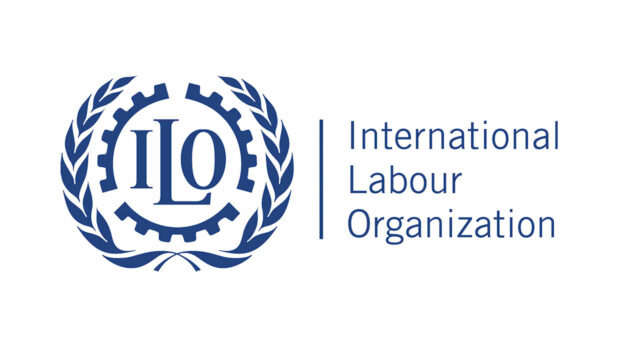We have an increasing number of disputes between line leaders and workers. They range from unreasonable disapproval of vacation leave to foul-mouthed management styles. This overworks the human resources (HR) department, which is forced to mediate the conflicts. Is there a better way? — White Rabbit.
Workplace conflict is a destructive force, especially between line executives (team lead, supervisor and manager) and their direct reports. If not managed properly, it can slow down company operations, if not result in full-blown lawsuits if management resorts to illegal dismissal, among others.
HR must guard against this by putting its ear to the ground.
This can be done through a proactive two-way communication process that may include an annual morale survey, monthly town hall meetings, birthday clubs, engagement dialogues, quality circles, and the labor-management cooperation scheme recommended by the Labor Code.
The age-old suggestion box may be included except that I consider it a reactive communication tool. An organization may also invest in an online whistleblower program that accepts anonymous ideas, suggestions, and complaints.
NOT HR’S JOB
In general, employee issues are brought about by offensive jokes, sexism, discrimination, favoritism, gossip, loss of temper, and unproductive chatting. Many times, they are within hearing distance of department managers who condone these practices under the mistaken belief they are making the workplace fun and enjoyable.
But that’s totally wrong for so many reasons. For one, it is counterproductive if it becomes a daily habit. If line executives ignore these things, it can result in conflict, or resentment.
Though it is commonly thought to be so, it is not the job of HR to personally manage the issues between line executives and their workers. The best approach for HR is to administer policies, give expert advice, train line executives on proper supervision, and of course monitor workplace conflict.
The primary responsibility of resolving conflict lies with the department head. It follows the basic principle in people management that whoever makes the ultimate decision to hire employees has the same obligation to prevent and manage their conflict.
POLICY
For line executives to do their jobs better, HR must establish a conflict resolution program teaching everyone their responsibilities in people management. If a similar program is operational, HR must ensure that the following requirements are met for effective implementation:
One, uphold the primary responsibility of all line executives. There’s no other way. On a daily basis, they are proximate to their workers’ actual behavior and attitudes. They are first to notice if someone is tardy, absent, lazy, or doing things that violate office decorum.
It is not HR. Therefore, why seek HR intervention if the line leaders are the reason for the conflict? It becomes necessary if the issue has gone overboard, adversely affecting the whole organization.
Two, conduct an effective supervision program regularly. There’s no need for HR to wait if disputes between line leaders and their workers are increasing. In fact, measuring the management aptitude of internal applicants for supervisory posts must be one determinant before a person is promoted.
The typical contents of a supervisory program include proactive communication, decision-making, problem-solving, adaptability, feedback handling, coaching, performance management and of course, conflict resolution, among other leadership skills.
Three, include an automatic appeal system. Any conflict must be resolved as soon as it becomes apparent. The earlier, the better. A conflict resolution program must include an appeal system that requires the elevation of the unresolved issue to higher-ups within the department.
Depending on the complexity of an issue, it must be resolved within one to three weeks by the line executives and their department head. If not, the issue must leave their jurisdiction and go up to HR, which may refer the matter to a conflict resolution committee composed of other department heads.
Last, report a conflict to HR for monitoring. It is incumbent upon the concerned line executive to report the matter to HR for monitoring. If this policy is violated, the line executive is presumed to have neglected the basic task of preventing an issue from becoming a full-blown case.
The objective is to make line executives fully accountable and at the same time, teach them to prevent issues with their workers with many interventions, long before HR or the department head takes over.
Bring Rey Elbo’s “Kaizen Blitz Workshop” to your organization and discover how you can solve problems without spending money for the solution. Contact him on Facebook, LinkedIn, X or e-mail elbonomics@gmail.com or via https://reyelbo.com




















